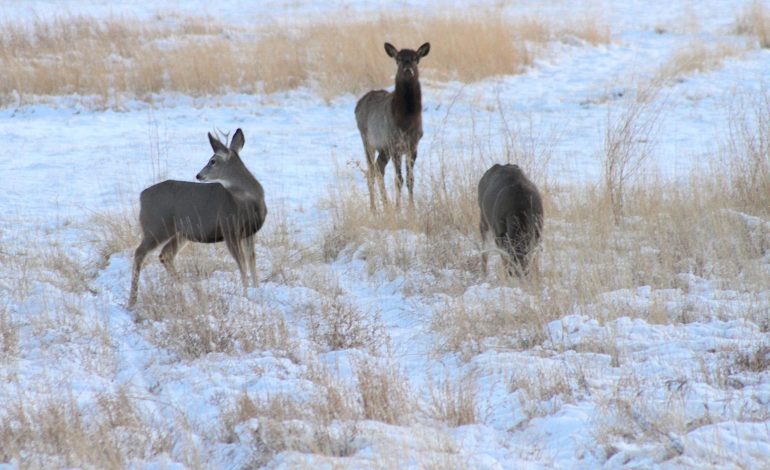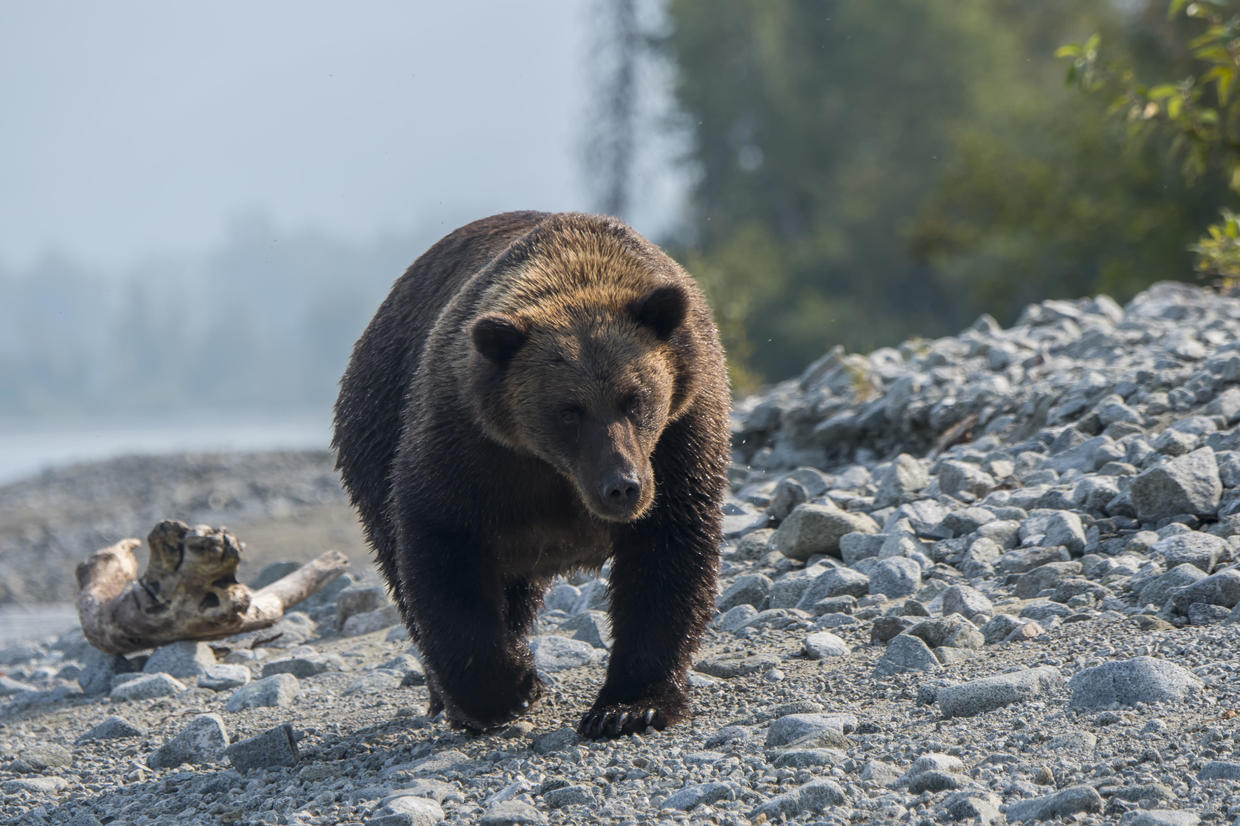From Ghost Herds to Hard Numbers: Wyoming Finally Counts Its Most Elusive Elk

For years, five of Wyoming’s elk herds lived more like shadows — seen now and then, but no one really knew how many were out there. That’s changing fast.
State wildlife managers are ditching their old “gut check” approach — basically asking hunters and landowners how they feel about elk numbers — and moving toward actual, data-driven population goals. And it turns out, these ghost herds are finally getting counted.
Take the Rawhide Herd in southeast Wyoming. It’s got a weird home base: Camp Guernsey Joint Training Center, where military drills mean elk have to dodge everything from artillery blasts to airborne paratroopers.
Back in 2018, crews started wrangling cow elk from helicopters and fitting them with GPS collars. That project — commissioned by none other than the Wyoming Military Department — gave researchers three years of nonstop location data. And what they found was a bit surprising: the Rawhide elk don’t migrate like mountain herds. They hang out in the same general area year-round, even sticking to high elevations in the dead of winter.
“It’s not your typical up-the-mountain, down-the-mountain thing,” said Game and Fish biologist Keaton Weber.
Now, all that data is coming in handy. The Rawhide Herd, like four others across Wyoming, is officially moving to population-based management for the first time. That means actual numbers, not just opinions, will guide hunting tags and conservation strategy.
Besides the Rawhide elk, four more herds are getting counted for the first time:
- Targhee Herd – Lives along the Wyoming-Idaho border in the Tetons
- Uinta Herd – Straddles Wyoming and Utah in the far southwest
- Petition Herd – Roams the vast southern Red Desert
- Pine Ridge Herd – Calls the ranchlands north of Casper home
The old “satisfaction model” — where over 60% of surveyed landowners and hunters had to be happy with elk numbers — worked okay at first. But as Game and Fish’s Justin Binfet puts it, “that kind of feedback gets murky fast.”
“Satisfaction” could mean different things — some thought there were too many elk, others not enough. And running those surveys every year? A total headache.
Another big reason for the shift: money. A new compensation system pays ranchers when elk chow down on their grass — but those payouts are now tied to herd population goals. No numbers? No accurate payments.
Setting population goals for herds that have never been officially counted is tricky stuff.
“It can be a little scary,” Binfet admitted.
Especially in areas like the Red Desert, where elk are spread super thin across huge terrain. Miss just one big group, and your numbers could be way off.
That’s why Game and Fish is turning to new tech. They’re flying planes over areas like the Petition Herd’s range, using infrared sensors and artificial intelligence to count elk. Yes, AI is now helping with wildlife management.
In the Rawhide Herd, the latest aerial survey (adjusted for how visible elk are on the landscape) estimated about 830 animals. But Weber warns: take that with a grain of salt.
“It was a tough count,” he said. “We think the number might actually be low.”
Still, Game and Fish floated a proposed population objective of 1,800 elk for the herd — a number that will go before the Game and Fish Commission in September.
Over in the Pine Ridge Herd, the proposed target is 1,500 elk. Other herds are still waiting on firm numbers.
Probably not much at Camp Guernsey, says the military’s natural resource manager, Amanda Thimmayya. The area already hosts an annual hunt, but since it’s surrounded by private land, there’s only so much public access they can offer.
“Elk know how to find safe zones,” she said. “We’re limited in how much pressure we can actually apply.”
This shift toward counting instead of guessing marks a major step forward in how Wyoming manages its wildlife. With GPS collars, infrared tech, and some AI muscle, the state’s five most mysterious elk herds are finally coming into focus.
The wild ones still roam — but at least now, we’ve got a better idea of just how many are out there.









The latest news in your social feeds
Subscribe to our social media platforms to stay tuned